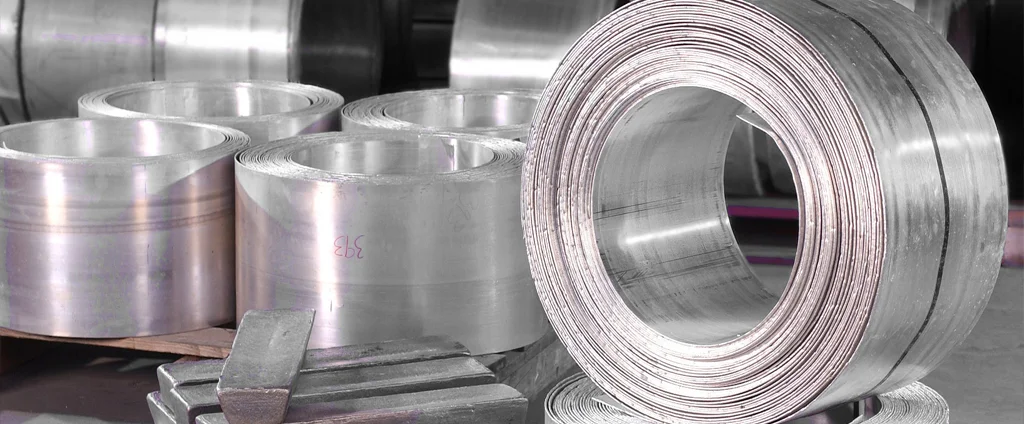Magnesium AZ63A-T4 (UNS M11630)

Magnesium AZ63A-T4 is a heat-treated sand cast alloy valued for its balance of strength, ductility, and lightweight characteristics. Commonly used in both commercial and military applications, it performs reliably at room temperature and is known for its ease of machining and casting.
| Chemical Composition | ||
|---|---|---|
| Element | Min | Max |
| Magnesium | —— | Remainder |
| Aluminum | 5.3% | 6.7% |
| Copper | —— | 0.25% |
| Manganese | 0.15% | —— |
| Nickel | —— | 0.01% |
| Silicon | —— | 0.3% |
| Zinc | 2.5% | 3.5% |
The following table provides a list of magnesium AZ63A-T4 properties in both SI and US customary/Imperial units.
Click on the button to switch between Metric and Imperial units.
| Physical Properties | Metric |
|---|---|
| Density | 1830 kg/m3 |
| Mechanical Properties | Metric |
| Tensile Strength (Ultimate) | 275 MPa |
| Tensile Strength (Yield) | 97 MPa |
| Bearing Strength (Ultimate) | 415 MPa |
| Fatigue Strength # of Cycles 5.0e+8 | 83 MPa |
| Shear Strength | 125 MPa |
| Young’s Modulus (E) | 45 GPa |
| Shear Modulus (G) | 17 GPa |
| Elongation at Break in 50 mm | 12% |
| Poisson’s Ratio (ν) | 0.35 |
| Brinell Hardness 500 kg load, 10 mm ball | 55 |
| Knoop Hardness Converted from Brinell | 70 |
| Rockwell Hardness | 66 |
| Machinability | 100% |
| Charpy Impact V-notch | 3.40 J |
| Thermal Properties | Metric |
| Melting Point Incipient Melting | ≥ 360 °C |
| Solidus | 455 °C |
| Liquidus | 610 °C |
| Thermal Conductivity | 52.2 W/m·K |
| Specific Heat Capacity (Cp) | 1050 J/kg·K |
| Coefficient of Thermal Expansion (αL) | 26.1 1/°C |
| Heat of Fusion | 373 J/g |
| Electrical Properties | Metric |
| Electrical Resistivity | 1.40×10-5 Ω·cm |
The values in this table are approximate and can vary depending on various factors such as the specific manufacturing process and heat treatment applied to the alloy.
Advantages & Disadvantages of Magnesium AZ63A-T4
| Advantages | Disadvantages |
|---|---|
| Lightweight | Corrosion susceptibility. |
| High strength-to-weight ratio. | Limited temperature range. |
| Good machinability. | Higher cost. |
| Good damping properties. | Limited availability. |
| Excellent castability. | Flammability concerns. |
Applications of Magnesium AZ63A-T4
Due to its desirable mechanical and thermal properties, AZ63A-T4 is widely used in industries requiring lightweight, strong materials, including:
- Automotive Industry: Lightweight components such as engine blocks, transmission cases, intake manifolds, and steering components.
- Aerospace Industry: Aircraft components like seat frames, brackets, instrument panels, and interior parts.
- Electronics and Consumer Goods: Laptops, tablets, cameras, and portable electronic devices.
- Sports Equipment: Golf club heads, tennis racquets, and bicycle frames.
- Industrial Machinery: Machine frames, tooling, and equipment housings.
- Medical Devices: Surgical instruments, orthopedic implants, and lightweight braces.
- Defense and Military Applications: Weapon systems, lightweight armor, and military vehicles.
